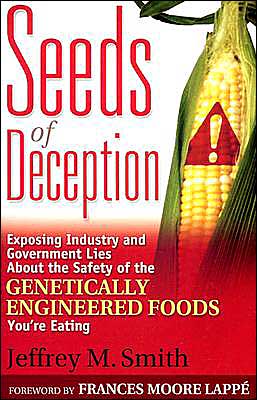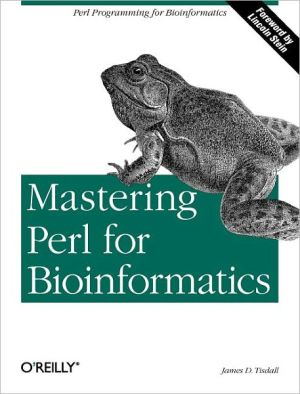Yeast Stress Responses
Search in google:
Every cell has developed mechanisms to respond to changes in its environment and to adapt its growth and metabolism to unfavorable conditions. The unicellular eukaryote yeast has long proven as a particularly useful model system for the analysis of cellular stress responses, and the completion of the yeast genome sequence has only added to its power This volume comprehensively reviews both the basic features of the yeast genral stress response and the specific adapations to different stress types (nutrient depletion, osmotic and heat shock as well as salt and oxidative stress). It includes the latest findings in the field and discusses the implications for the analysis of stress response mechanisms in higher eukaryotes as well. Juergen Mollenhauer In this book, the contributors summarize the molecular basis of adaptive behavior of yeast under various stress conditions, such as temperature, starvation, osmosis, and oxidative stress. According to the editors, Saccharomyces cerevisiae is an ideal organism to study molecular and cellular mechanisms of stress response. The yeast genome is intensely explored, and the organism has to respond to a wide range of environmental challenges in order to survive. This background makes it worthy to produce such a book, in particular if it is seen in context with the accumulating knowledge on stress responses in mammalian cells. The book is written for biologists, biochemists, and biotechnologists. (Maybe beer brewers might also read it, although it is certainly very difficult to compete with a scientific tradition dating back to Gambrinus or old Egypt.) The contributing authors have numerous publications in the field. The book is easy to read, even for outsiders of the immediate area of research. Many schematic diagrams generate a clarity close to that of a textbook for undergraduate students. This makes it particularly easy to read the book and helps outsiders to follow the scientific argumentation. Extensive lists of references accompany the individual chapters. The book is part of the series Molecular Biology Intelligence Unit that intends to provide accelerated publication of important issues and is easily recognizable by a defined cover style. The topic is worthy to be represented in university and college libraries and libraries of biotechnology companies. It is a very good addition to the collection of books already published on the biology of stress responses in mammalianorganisms and might provide valuable insights for pharmaceutical companies developing antibiotics against yeast infections.
1Introduction12The environmental stress response: a common yeast response to diverse environmental stresses113The yeast response to heat shock714The osmotic stress response of Saccharomyces cerevisiae1215Ion homeostasis in Saccharomyces cerevisiae under NaCl stress2016Oxidative stress responses in yeast2417From feast to famine; adaptation to nutrient availability in yeast305Index387








